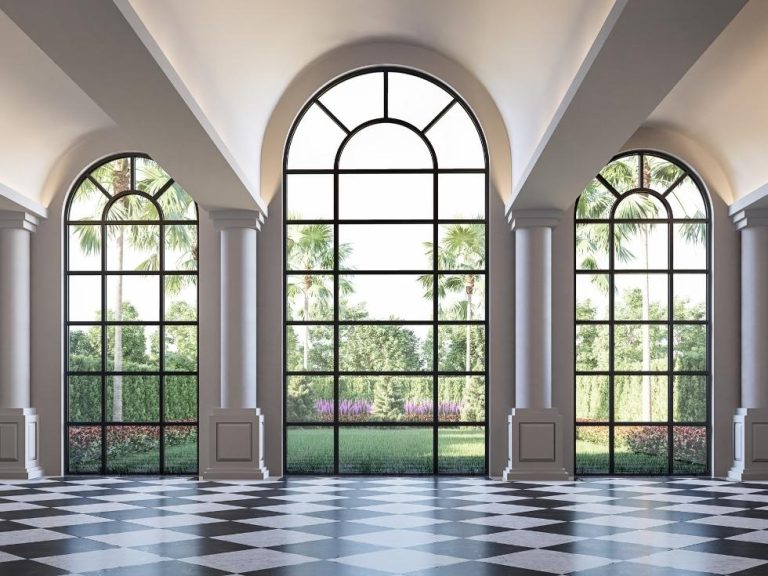When it comes to home decor, windows play a vital role in enhancing both the aesthetics and functionality of a space. While traditional window styles have their charm, there’s a growing trend of mixing and matching different window styles to create visual interest and uniqueness in interior design. This approach allows homeowners to showcase their personal style, add character to their spaces, and make a bold design statement. In this article, we will explore the art of mixing and matching window styles and how it can elevate your home decor.
Embracing Contrast
One of the key principles of mixing and matching window styles is to embrace contrast. By juxtaposing different window types, you create a striking visual impact that draws attention and adds depth to your interior design. For example, pairing tall and narrow casement windows with wide and short picture windows creates an interesting contrast in height and shape, instantly becoming a focal point in any room.
Playing with Proportions
Mixing window styles also allows you to play with proportions and create a balanced composition. Combining larger windows with smaller ones can add a sense of harmony and prevent monotony in your decor. For instance, you can pair a grand bay window with a row of smaller awning windows above it, creating an eye-catching arrangement that brings both grandeur and functionality to your space.
Enhancing Functionality
Another advantage of mixing window styles is the ability to enhance the functionality of your space. Different windows serve different purposes, and by incorporating a variety of styles, you can address specific needs. For example, combining fixed windows with operable ones, such as casement or double-hung windows, allows you to enjoy unobstructed views while still maintaining proper ventilation in the room.
Creating Visual Hierarchy
Mixing window styles enables you to create a visual hierarchy that guides the eye and adds depth to your interior design. By strategically placing windows of varying sizes and shapes, you can direct attention to specific areas or architectural features in the room. For instance, installing a row of narrow clerestory windows near the ceiling not only brings in natural light but also draws the eye upward, making the room feel more spacious and inviting.
Uniting Design Elements
Mixing and matching window styles also provides an opportunity to unify other design elements within your home. By selecting custom windows that complement other architectural features or decorative elements, you can create a cohesive and harmonious look. For example, if your home features rustic elements, combining casement windows with divided panes and wooden frames can reinforce the overall rustic aesthetic, tying everything together beautifully.
Embracing Eclectic Charm
One of the greatest benefits of mixing window styles is the ability to embrace an eclectic charm. By defying conventional norms and blending different window types, you can create a truly unique and personalized space that reflects your individuality. Whether it’s a combination of modern and traditional styles or a fusion of geometric and arched windows, the possibilities are endless when it comes to expressing your creative flair.
Incorporating different window styles into your home decor can be a game-changer in terms of visual interest and design impact. By mixing and matching windows, you can create a space that not only looks visually stunning but also enhances functionality and reflects your personal style. Embrace contrast, play with proportions, and create a visual hierarchy to achieve a captivating and harmonious composition. So, dare to be bold, experiment with different window styles, and let your creativity shine through in your home decor.

